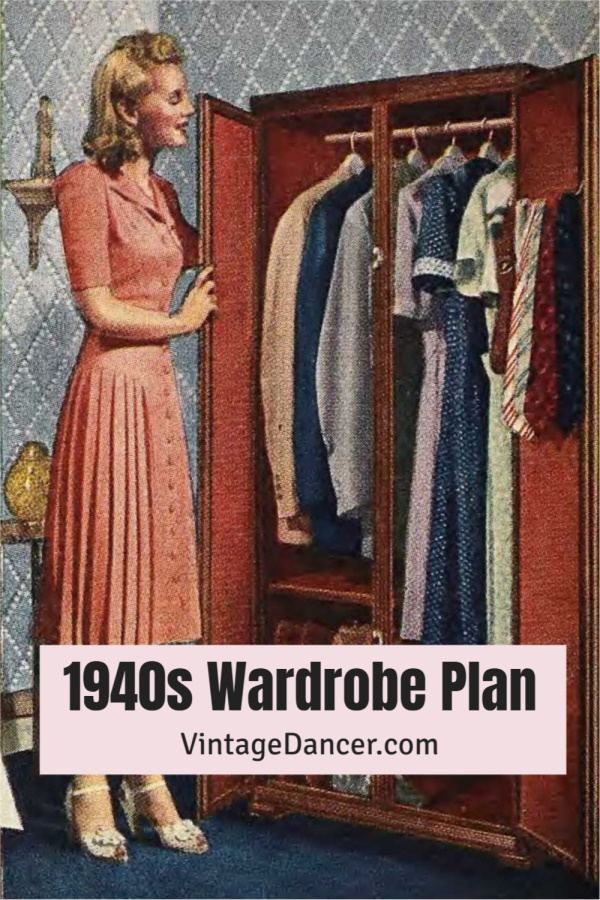In my closet, I have a variety of clothing items ranging from casual t-shirts and jeans to formal dresses and suits. It seems that the number of clothing we have today is massive compared to the limited wardrobes in the 1940s. During those times, people had smaller incomes, higher quality clothing, less variety of clothing, and more home sewing skills. The pre-fast fashion years were one of careful planning and dedication to wearing clothes out completely.
Quality Clothing
In the 1940s, people had fewer options when it came to purchasing clothing. However, the items they did have were generally of higher quality and made to last. This meant that people had to be more selective in their purchases and take good care of the clothing they had. Items were often mended and altered to extend their lifespan, something that has become less common in the era of fast fashion.
Wardrobe Planning
With smaller incomes and limited options, people in the 1940s had to carefully plan their wardrobes. This meant investing in versatile pieces that could be mixed and matched to create different looks. Wardrobes were built around a few key pieces, such as a well-fitted suit for men or a tailored dress for women. This emphasis on wardrobe planning meant that people had a better understanding of their personal style and were less likely to succumb to impulse purchases.
Home Sewing Skills
Another significant difference between closets in the 1940s and closets today is the prevalence of home sewing skills. Many people knew how to sew and would make their own clothing or alter store-bought pieces to fit their bodies perfectly. This allowed for a level of customization that is rare in today’s mass-produced clothing market. Additionally, people were more likely to appreciate the effort and skill that went into making clothing, leading to a deeper connection to the items in their closets.
Fashion Variety
In contrast to today’s fast fashion culture, the 1940s offered a more limited variety of clothing options. This meant that people were more likely to invest in pieces that they truly loved and that suited their personal style. There was less pressure to constantly update one’s wardrobe to keep up with ever-changing trends, leading to a more sustainable approach to fashion.
Summary
In summary, the contents of our closets have changed significantly since the 1940s. In those days, people had smaller incomes, higher quality clothing, less variety of clothing, and more home sewing skills. This led to a greater emphasis on wardrobe planning, careful consideration of each purchase, and a deeper connection to the items in one’s closet. These qualities are something we can strive to bring back in today’s fast fashion culture.
You can review our digital products by following us on Etsy.





